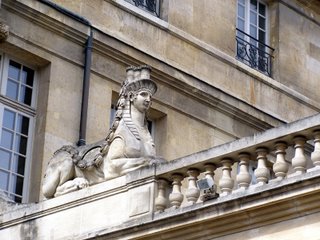
Another of the small "house" museums in Paris is the Picasso Museum. (I wrote about Picasso and the museum a bit May 14, and I posted about the Rodin Museum May 3.) The building that has housed the Picasso Museum since 1985, is Hôtel Salé, 5, rue de Thorigny, built in 1656.
I am partial to certain of Picasso's works in this museum. For instance, of all his paintings, this portrait of Jacqueline is my favorite. I see myself in her I guess, those sharp lines that need softening.

Even more than this, I love Picasso's sculptures built from found objects done in the 1950s.
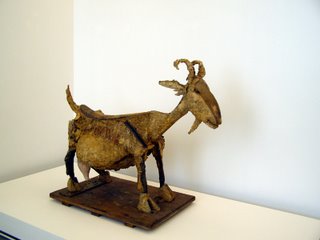
The goat. See the leather fringe on his side? What do you think his head is made from?
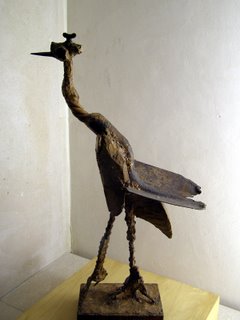
The stork. See the shovel and spigot?
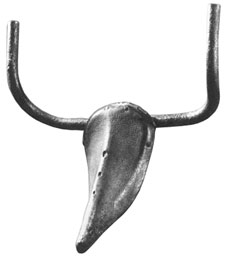
The bull. Bicycle seat and handlebars.
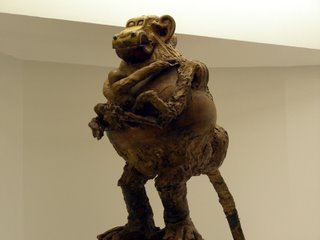
The baboon. Car for a head.
There is something reassuring as well as conservationist in the use of found objects in art. I love the idea of using what already exists, has been tossed aside and is unused, to create something interesting and beautiful. I also find that seeing what is familiar in a sculpture of something else gives me a sense of understanding and connection I might not have found without the object being used that way.
It reminds me of writing poetry. We find fragments in everyday life and put them together with other fragments that no one would think to put together. And they become unified and deeper, if the poet is good.

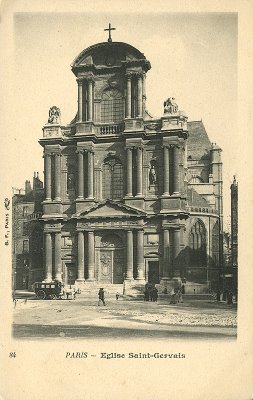
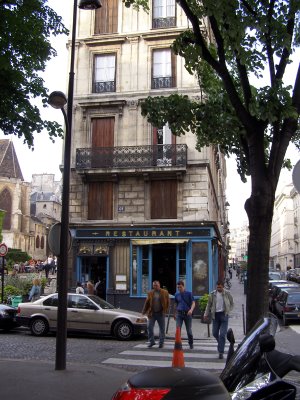
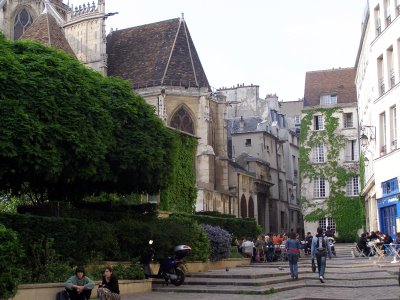
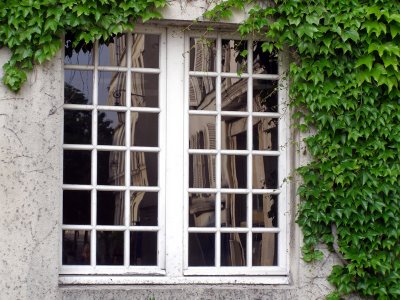
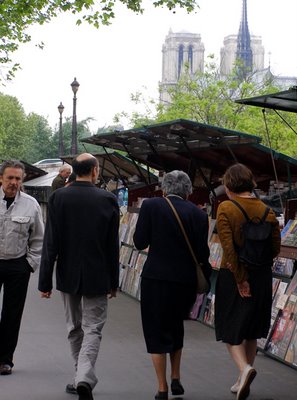

 Paris Time
Paris Time
